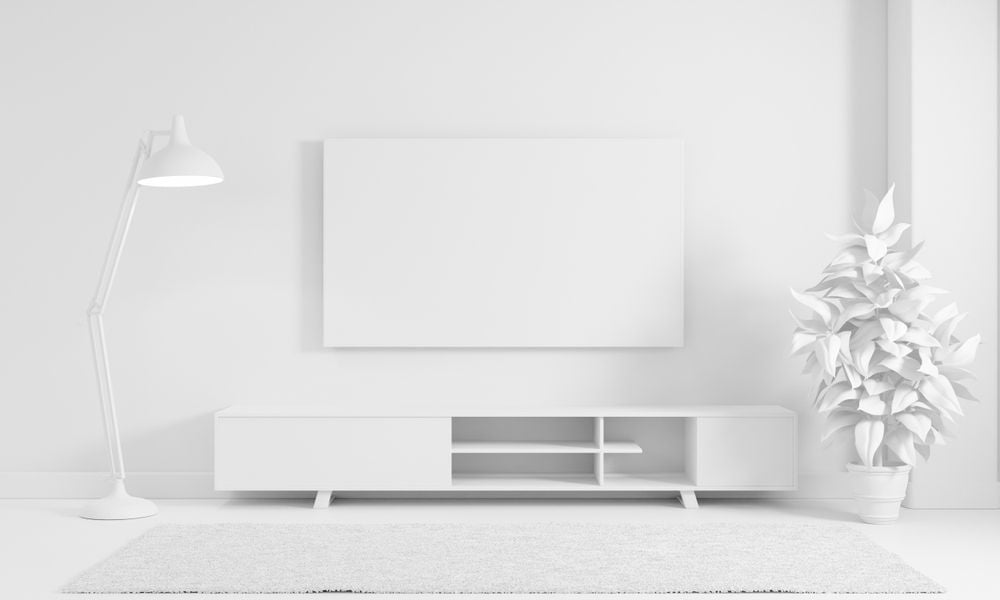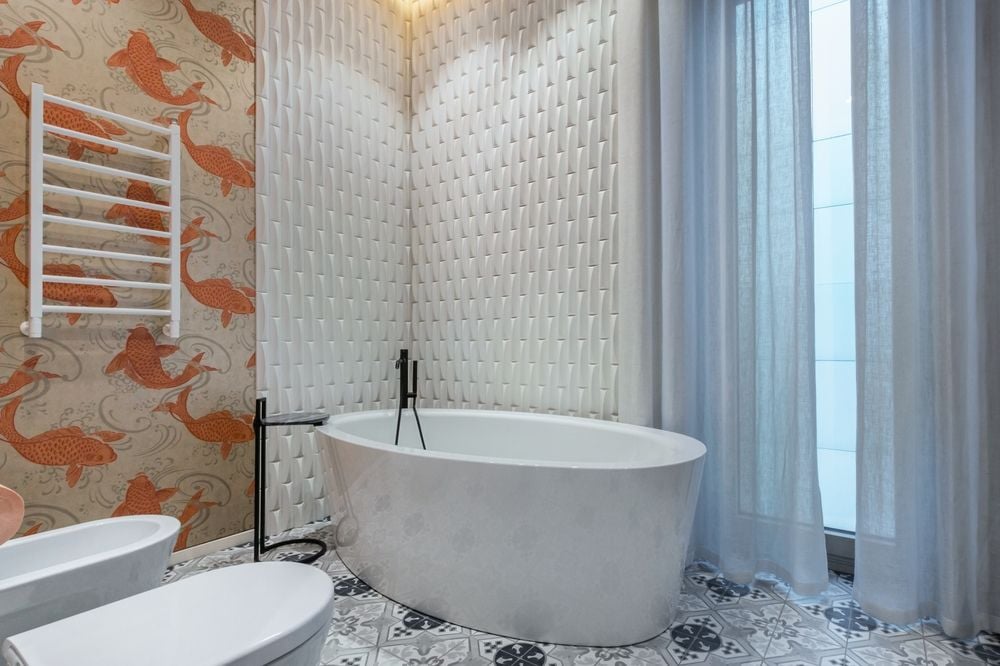
The Importance of Deck Waterproofing Explained by Experts
- Jun 4, 2025
Whether your deck boasts natural timber or trendy composite material, the question of waterproofing inevitably crawls in. These outdoor lounging features add beauty and value to our homes, but how necessary is waterproofing to give them longevity?
We processed the advice of home remodeling professionals to find out how essential waterproofing could be for your deck’s lifespan. And as it turns out, the material your deck is constructed from plays a vital role in answering this question.
"Composite or PVC decks usually don't need waterproofing since these materials are designed to resist moisture," explains Chris Turner, the owner and designer at Elevate by Design. But for those with conventional wood decks, waterproofing becomes an instrumental step in maintaining the structure’s integrity. Waterproofing aids in warding off deck damages like warping, mold growth, and other weather-related catastrophes that could stem from exposure to rain, snow, or melt water.
Austin Lako, a licensed residential builder and owner of Lake Effect Exteriors, explains that the deck's location in relation to the house can also influence the potential for damage. He points out, "Decks situated in more shaded spots like behind a considerable tree, under an overhang, or on the house's north side are more susceptible to moisture accumulation because they dry out slower post-rain or snow."
According to Lako, the necessity of waterproofing a wooden deck is a non-negotiable if homeowners truly want to protect their investment from water damages, weakening, or rotting. "Waterproofing’s importance is evident. It's the difference between a deck’s lifespan being five years or stretching to 25," he reveals. Nevertheless, ensuring your deck's longevity isn't the only reason to consider waterproofing.
The task of waterproofing a deck can seem daunting, but most homeowners can manage. It can even be a worthwhile endeavor for new or unseasoned DIYers. The process starts with clearing the deck and then cleaning any dirt and debris. Lako suggests an effective cleaning agent specifically designed for wood decks followed by inspecting the deck for potential damages or areas that need further attention.

Sanding may be required if the wood is too rough or has existing stain, paint, or sealer that is peeling. Once the deck is adequately prepped and allowed 48 hours post-wash to dry, it's time to apply the waterproofing paint, stain, or sealant.
Whether you choose to roll or spray the waterproofing product on is completely up to your personal preference. Following product application, the deck will need time to dry and cure.
Usually, "there’s a manufacturer-listed time duration for light foot traffic and a different time period after which the furniture can be replaced and the deck can be fully utilized again," Lako advises. Checking the manufacturer's instructions is crucial to avoid damaging the newly waterproofed surface.
The timing of your waterproofing process is as critical as the process itself. Checking the weather forecast and selecting a sunny, mild day is essential. As per Lako, the best seasons for getting your deck waterproofed are "spring and early fall, when the weather is milder and the deck has ample time to dry without the interference of harsh sun or rain."
While waterproofing is a significant step, it won't be a one-time event. To keep the wood in optimal condition, your deck will require periodic re-waterproofing. The frequency of these reapplications may vary, but Lako suggests aiming to re-waterproof "once every one to three years based on sun exposure, foot traffic, and the type of product used."






